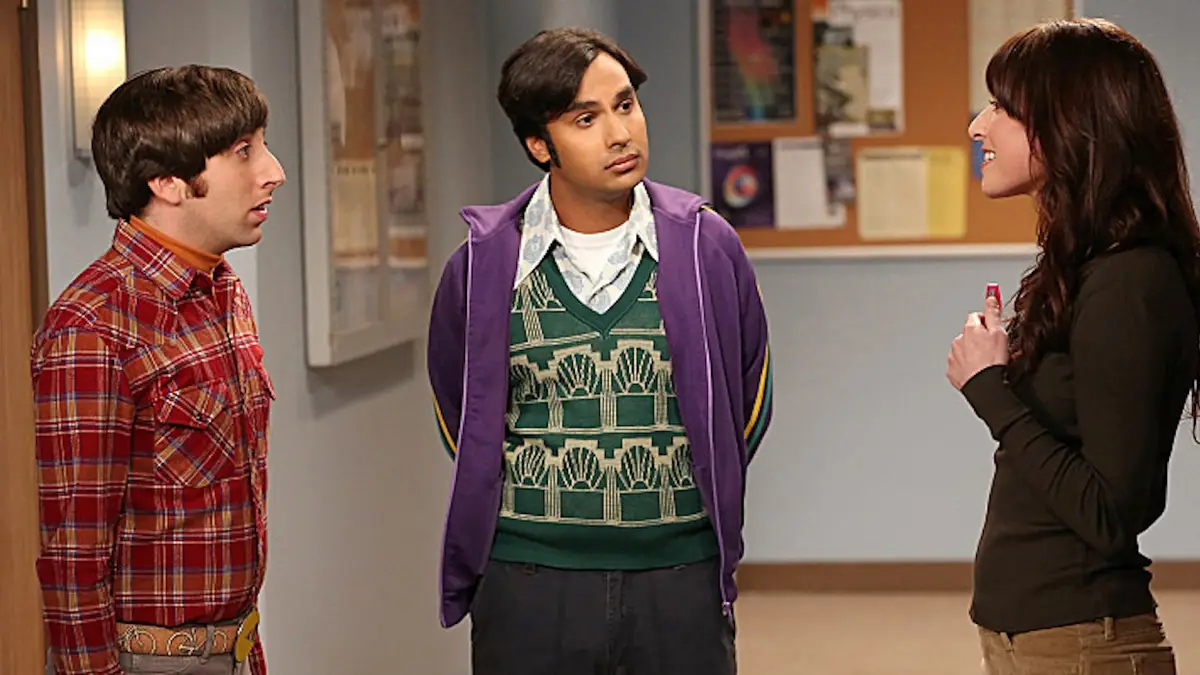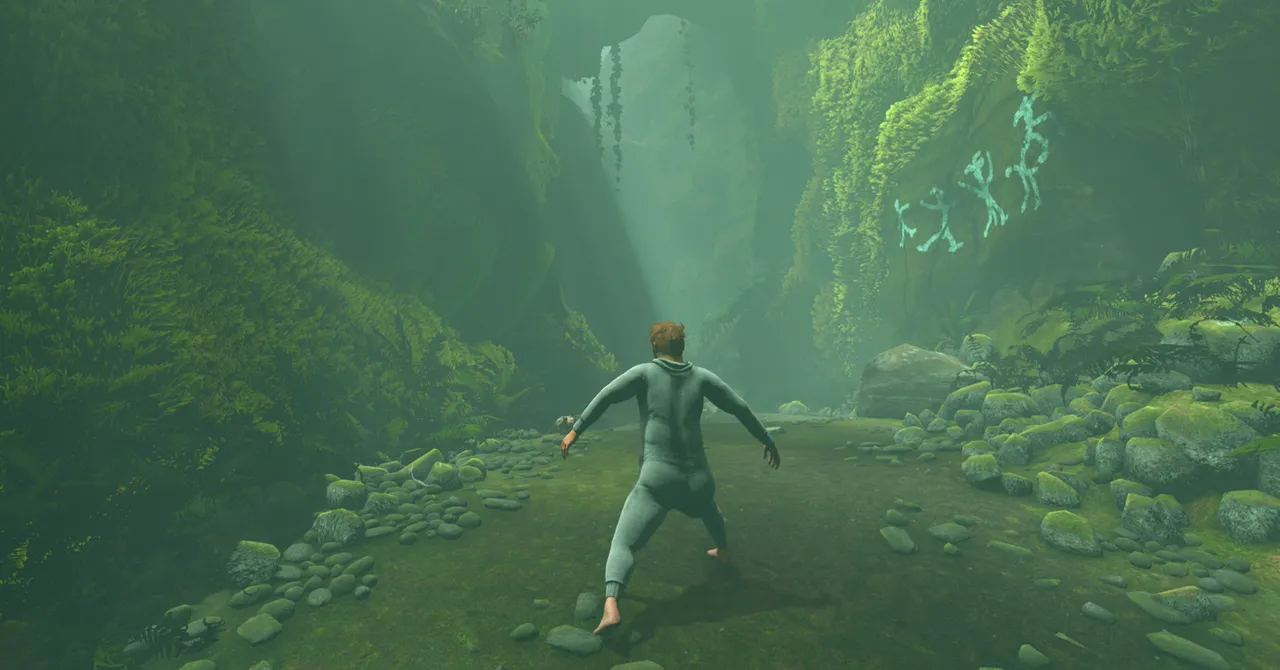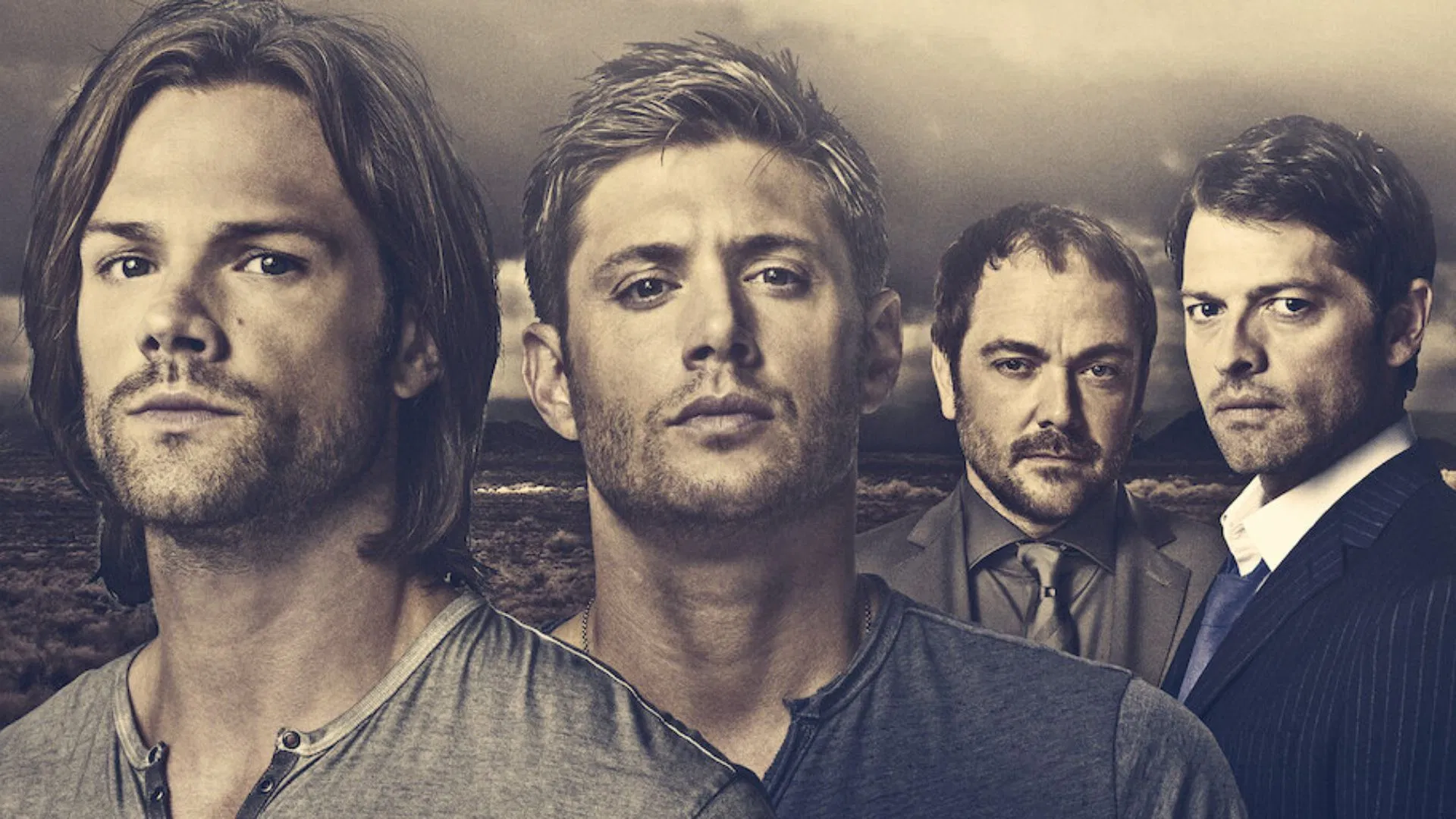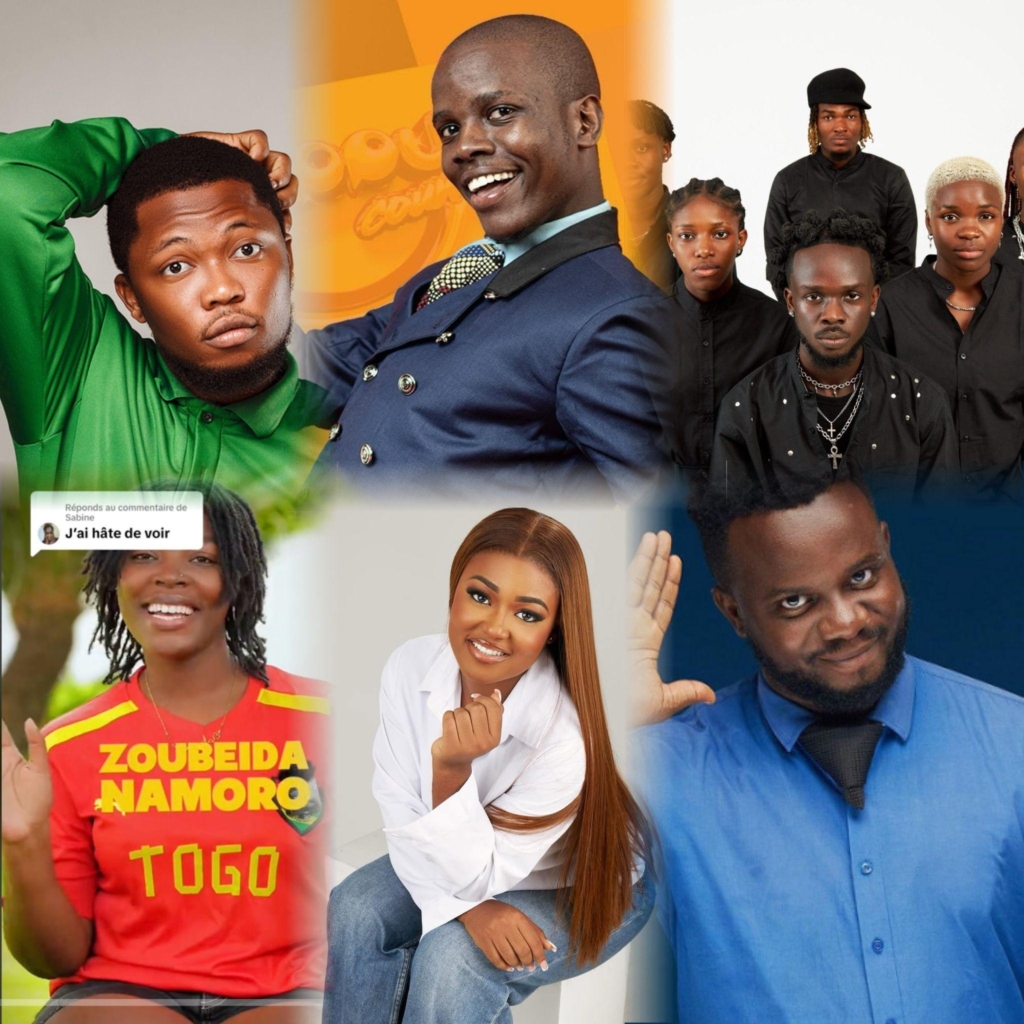
As successful as The Big Bang Theory was, the sitcom faced considerable criticism from self-proclaimed geeks and nerds who found fault with the show’s portrayal of geek culture. The series ran for 12 seasons and inspired countless viewers to get involved in the sciences, along with three TBBT spinoffs.
The Big Bang Theory also introduced niche franchises, comic books, and fandoms to viewers, creating a massive shift in nerd culture. Unfortunately, not everyone loved the series. Those who consider themselves geeks or nerds of particular fandoms found issues with their portrayal in TBBT, especially in one season 6 episode.
The TBBT Season 6 Episode “The Tangible Affection Proof” Sums Up The Show’s Lazy Stereotypes
In season 6, episode 16’s “The Tangible Affection Proof,” it’s Valentine’s Day, and the gang is gearing up for nights with their partners. Unfortunately for Raj Koothrappali (Kunal Nayyar), he was still single and decided to make the most of it by hosting a Valentine’s Day gathering at Stewart Bloom’s (Kevin Sussman) comic shop.
While a Valentine’s Day-themed episode is typical for sitcoms, this episode in particular rubbed fans the wrong way. The series is no stranger to stereotypes, but this episode focused on lazy tropes that demeaned proud nerds.
Raj’s Valentine’s Day party was meant to be in solidarity with those who didn’t have a romantic partner, but it instead turned into a sad sack gathering where Raj ditched his friends as soon as a woman gave him attention.
A large issue with the party is that everyone at the gathering was alone and depressed instead of happily single. A person is capable of dating or being happily alone when they also have interests in comics or the Marvel Cinematic Universe. One party-goer even said, “Usually I spend Valentine’s Day sad and alone. This year, I’m just sad.”
Raj wanted to make sure everyone at the event felt loved and gave a heartfelt speech.
“We’re all here tonight because we have no one to be with. But that doesn’t make us mutants. The only mutants here are in these comic books. We’ve got to stop defining our self-worth by whether or not we’re in a relationship. You know what I see when I look around? I see a room full of great people. So let’s give ourselves a break. We are a community, and as long as we have each other, we’re never truly alone.”
While beautiful, the biggest issue with his speech is that it was meaningless. As soon as Lucy (Kate Micucci) approached Raj, thanking him for a cool event, Raj ditched the gathering, called his friends losers, and grabbed coffee with his new date. There have been problematic episodes before on TBBT, but this one was a low blow.
The scene plays into the idea that nerds are lonely and will ditch their friends for any love interest that looks their way.
The Big Bang Theory thrived on its geeky characters, but to make them weak and female-obsessed is lazy writing that’s been done countless times. It’s a sad stereotype that can’t seem to stay off TV.
The Big Bang Theory’s Nerdy Characters Are One-Dimensional
At the start of The Big Bang Theory, the characters were terribly one-dimensional. A majority of conversations revolved around the sciences, fandoms, and women. As the series went on, characters were fleshed out and depth was added, but it’s the early seasons that led to a lot of the show’s hate.
Penny (Kaley Cuoco), while not a genius like her friends, was also one-dimensional. She was the clichéd girl next door who used her looks to get what she wanted. Between Penny using her smart friends for food and the internet, and the men acting out generic tropes, like-minded geeks despised the series.
It took two to three seasons for the writers to flesh out the characters and humanize them. Sheldon (Jim Parsons) showed he had a heart, Howard (Simon Helberg) introduced the root of his insecurities, Penny proved she had brains and beauty, Leonard (Johnny Galecki) was determined to show he was as smart as Sheldon, and Raj was much more than a quiet sad-sack.
However, if viewers didn’t stay with the series throughout The Big Bang Theory’s entirety, they would only learn to hate the early depictions. The group eventually became well-rounded, supportive, and complementary to nerd culture, creating a beautiful moment in pop culture for those niche interests.
Enjoy ScreenRant’s primetime coverage? Click below to sign up for my weekly Network TV newsletter (make sure to check “Network TV” in your preferences) and get the inside scoop from actors and showrunners on your favorite series.



